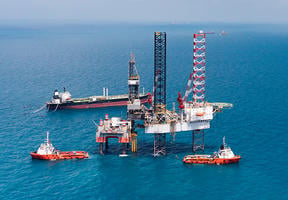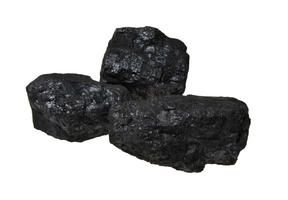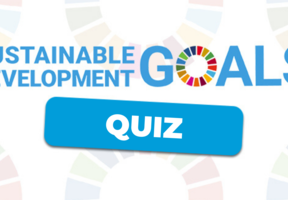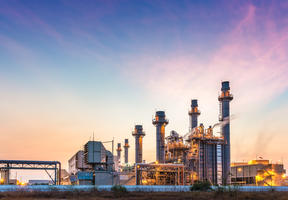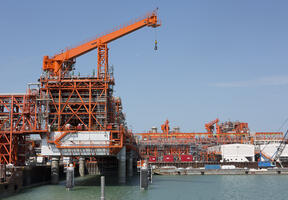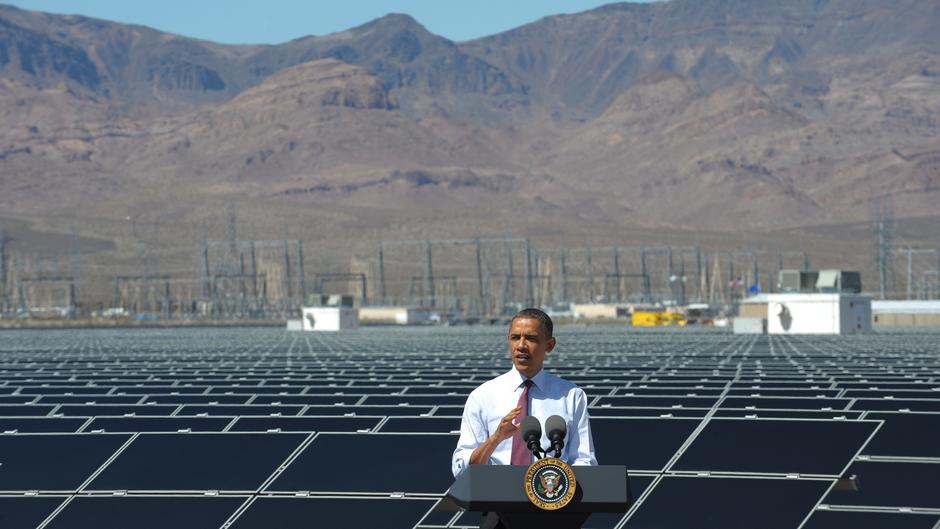
1. Enormous energy needs
The U.S. ranks first worldwide in terms of per capita energy consumption. In addition to producing oil and gas, in recent years it has strongly developed its sector. The U.S. is No. 1 in , and concentrated solar ; No. 2 in wind power; No. 3 in photovoltaic solar power and No. 4 in hydropower. Pictured here, President Obama giving a speech on in Boulder City, Nevada in 2012.
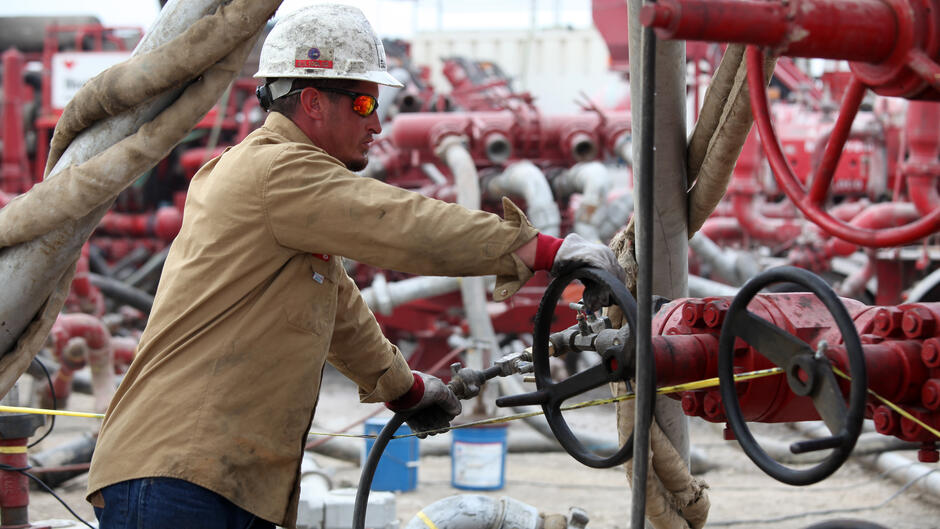
2. A history marked by energy
America's historic economic expansion was triggered by the development of oil and gas resources. Edwin Drake drilled the first oil well in Oil Creek, Pennsylvania on August 27, 1859. That event soon gave birth to the oil industry, which has been a shaping force of the U.S. and world economies for 150 years.
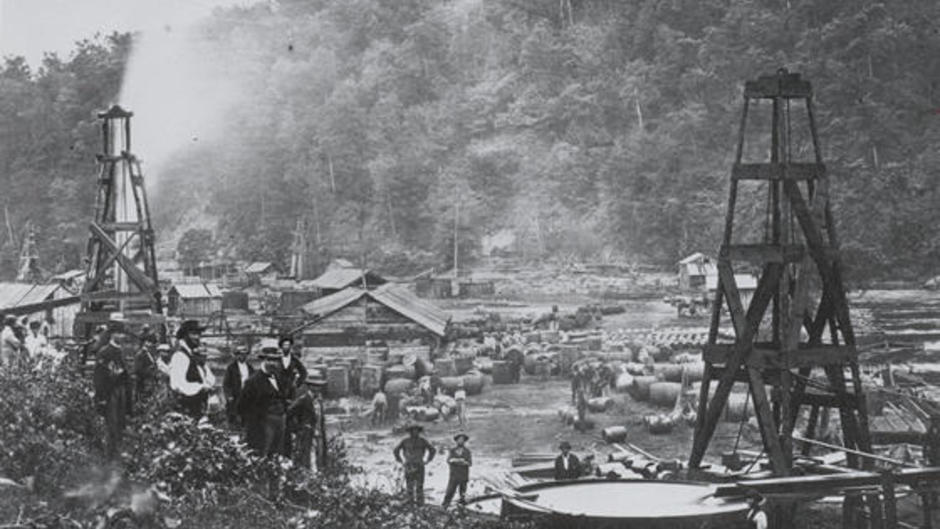
3. The shale oil and gas revolution
In 10 years, the development of and gas (pictured here) has transformed the U.S. energy market and changed the global geopolitical landscape. The U.S. has overtaken Saudi Arabia and Russia to become the leading producer of and natural gas, and in early 2016, the country began exporting liquefied natural gas. Since 2015, however, falling oil prices have led to a sharp decline in shale investments.

4. Shale boomtowns
Since 2007, has been driving growth across the entire nation, particularly in those areas where shale gas is being exploited. In the small town of Willinston, North Dakota, where 10,000 wells were drilled in five years, the population has doubled, construction projects have proliferated, and stores, services and entertainment venues have multiplied. But fears of a market downturn are causing some to question the long-term survival of boomtowns like these.

5. The U.S. becomes a hydrocarbon exporter
As a result of rising shale gas output, the first U.S. liquefied natural gas delivery to Europe arrived at Portugal's Port of Sines in April 2016 (shown here). The government has also lifted a ban on the export of crude oil, which was put in place in order to conserve domestic oil reserves after the oil embargo.
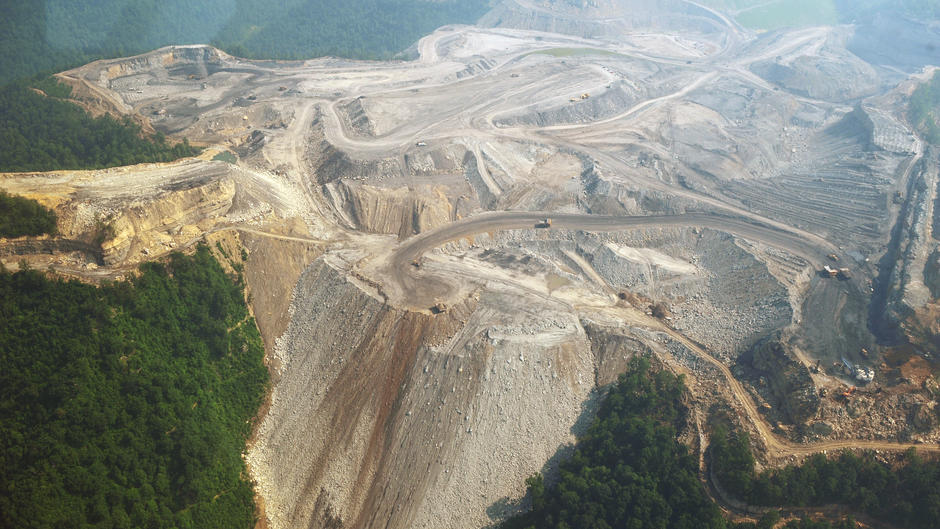
6. Mountaintop removal mining
mining is usually associated with deep underground mines. In Virginia's Appalachian Mountains, coal seams lie below the summit. Coal companies use surface mining techniques to extract the coal after removing the overburden with explosives (see photo). Owing to the development of shale oil and gas, the share of power generation fueled by coal has slipped below 50%, allowing the U.S. to lower its CO2 emissions.
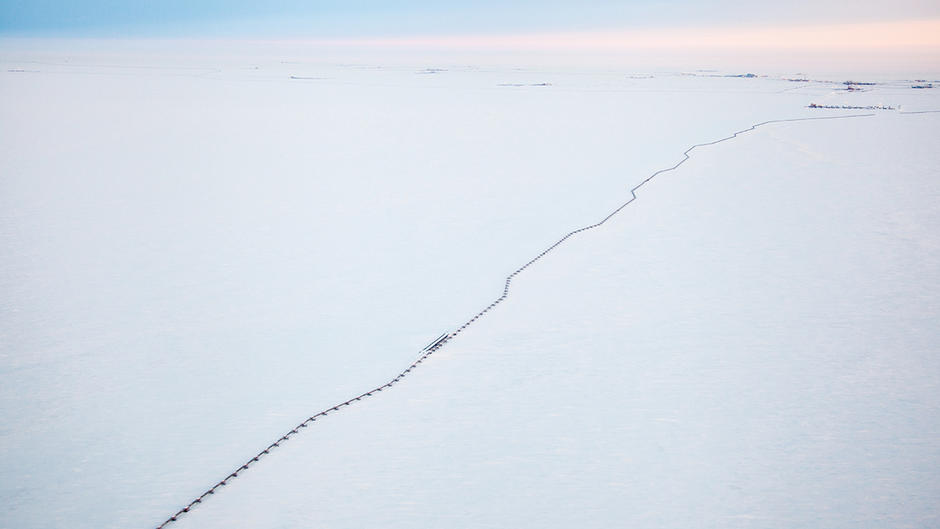
7. The uncertainty of the Arctic reserves
The Arctic Ocean has abundant oil and natural gas reserves but is an area fraught with geopolitical tensions. In addition, exploration and production poses potential risks to the fragile natural environment. U.S. oil operations in Alaska have already begun many years ago. The nearly 1,300 - kilometer - long Trans-Alaska Pipeline (shown here) crosses the state from north to south. As a result of the drop in production from the region's oil fields, there are plans to shut down the pipeline, dismantle it and rehabilitate the land. No date has been set.
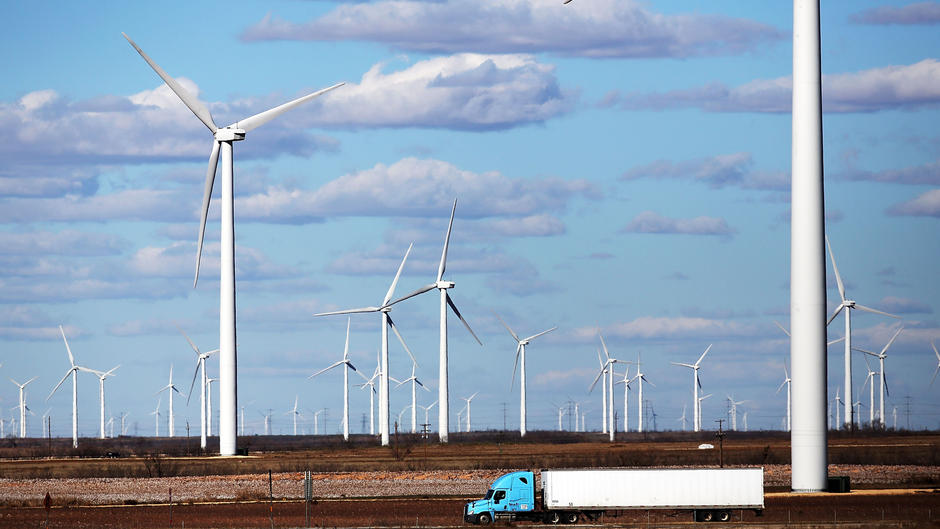
8. Wind farms conquer the west
Benefiting from huge, wide-open spaces, the U.S. has been a major developer of wind power. The country's installed wind power capacity was exceeded by that of China in 2014 and 2015, but the industry's momentum remains strong. The regions with the most are California and the Pacific Coast, Texas, Oklahoma, Iowa, Kansas and Colorado. This photo shows a wind farm in Colorado City, Texas.
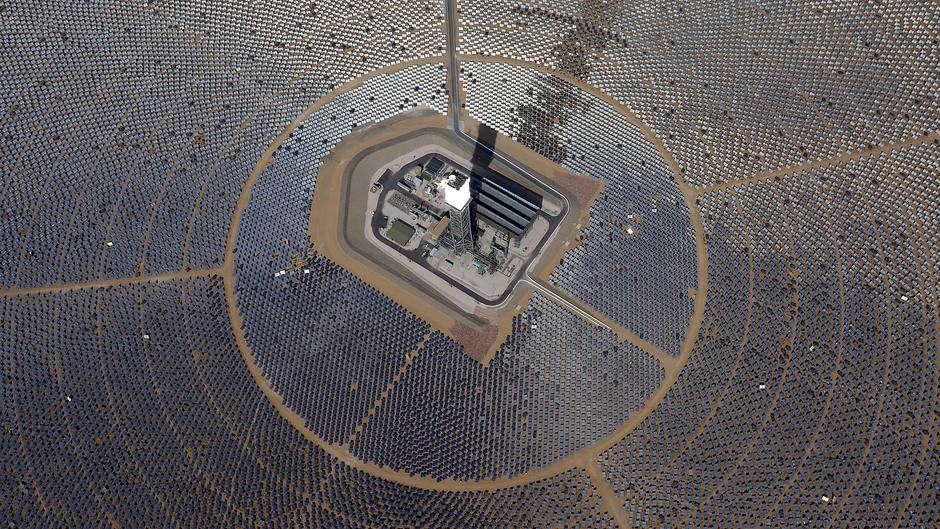
9. A leader in concentrated solar power
China and the United States are taking over from Europe as the leaders in solar power. In concentrated solar, which concentrates energy from the sun and converts it into , the U.S. is the world leader, ahead of Spain. Pictured here, Ivanpah in California, the world's largest solar power facility with 173,000 mirrors spread out over 13 square kilometers and a generation capacity of nearly 400 MW.
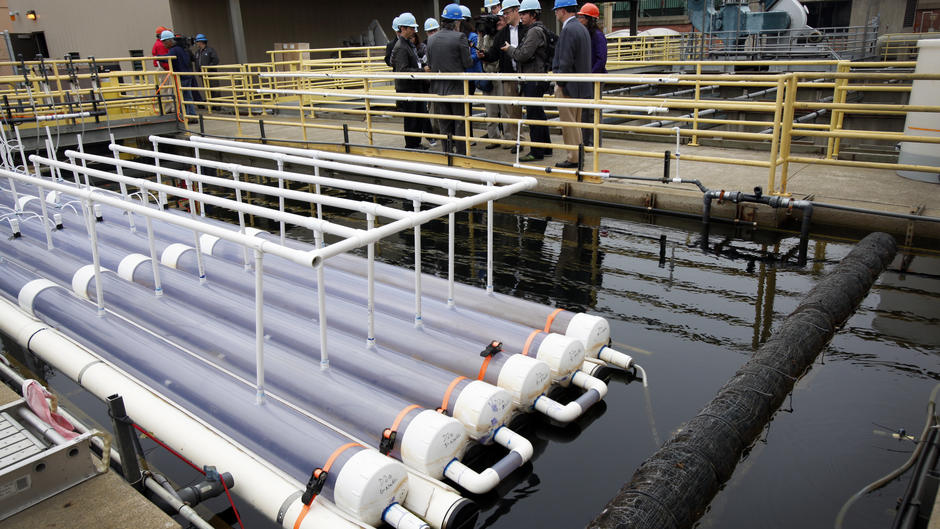
10. A major technological power
America's major research institutions are devoted to innovation in all sectors of society. The OMEGA project presented in San Francisco by the American space agency NASA demonstrates the seamless fit between different technologies. The project consists in growing microalgae in plastic containers filled with wastewater. The system is designed to produce biofuels, treat municipal wastewater and capture carbon dioxide.

11. Nuclear power making a comeback
After sitting on the back burner for a certain period of time, energy is back in the spotlight. Scientists are also taking an active interest in . Shown here, a container called a hohlraum (which means "hollow area" in German) at the Lawrence Livermore National Laboratory in California that is used for inertial confinement fusion experiments. Fusion research is also the focus of the at the Cadarache facility in southern France.

12. Large engines all the rage
Pickup trucks and high-horsepower sports utility vehicles (SUVs) are a symbol of the American lifestyle that has become popular throughout the world. In a country where gas is cheap and gas taxes are low, families tend to drive a lot and own more than one car. Nevertheless, there seems to be a growing trend in favor of energy-efficient vehicles.
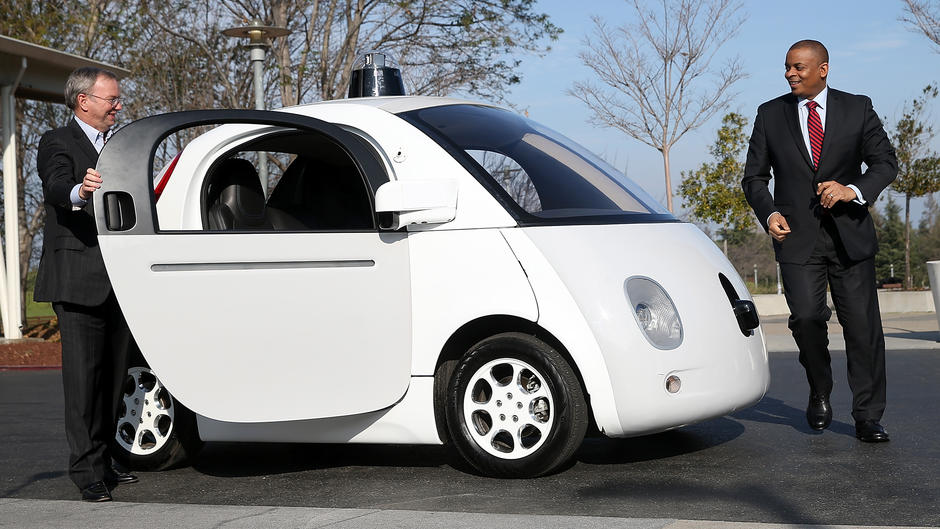
13. A new type of auto in the works
Since 2010, Google has been testing a self-driving car featuring an array of radar sensors, video cameras and a GPS unit. Various car makers around the world are working on the same concept. For now the vehicle is still in the prototype stage, and many technical and legal roadblocks need to be overcome.
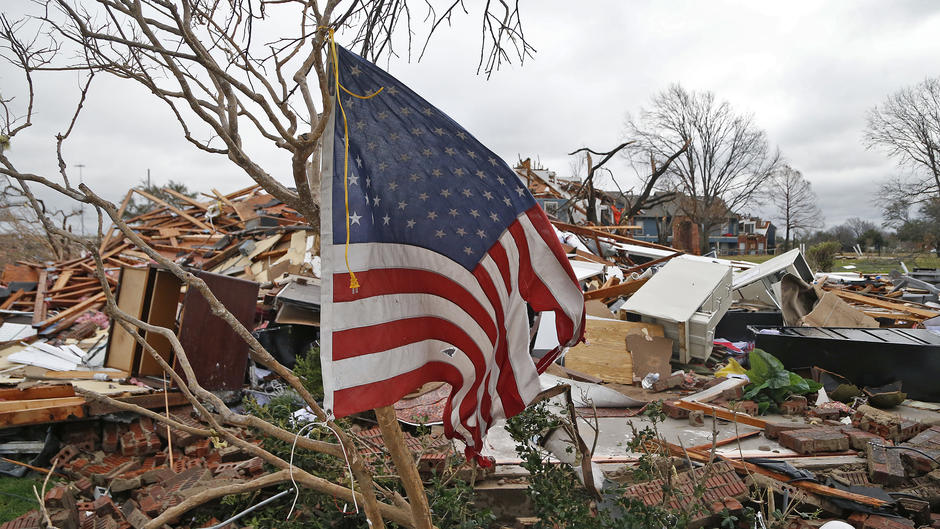
14. Americans concerned about climate change
Due to the rising number of extreme weather events, such as droughts, floods and tornadoes (pictured here Garland, Texas), more and more people are convinced that is starting to have serious effects and poses a real threat. Global warming skeptics continue to be vocal, however, especially among Republicans.

15. A meeting between the world's two largest emitters of CO2
On November 12, 2014, the American and Chinese presidents reached a climate accord calling for new targets for greenhouse gas emissions reductions by Washington and a commitment to begin reducing emissions by "around 2030" by Beijing. The deal between the world's two biggest carbon polluters set the tone for the Paris climate agreement adopted in December 2015.
 Our most popular content
Our most popular content
See all


